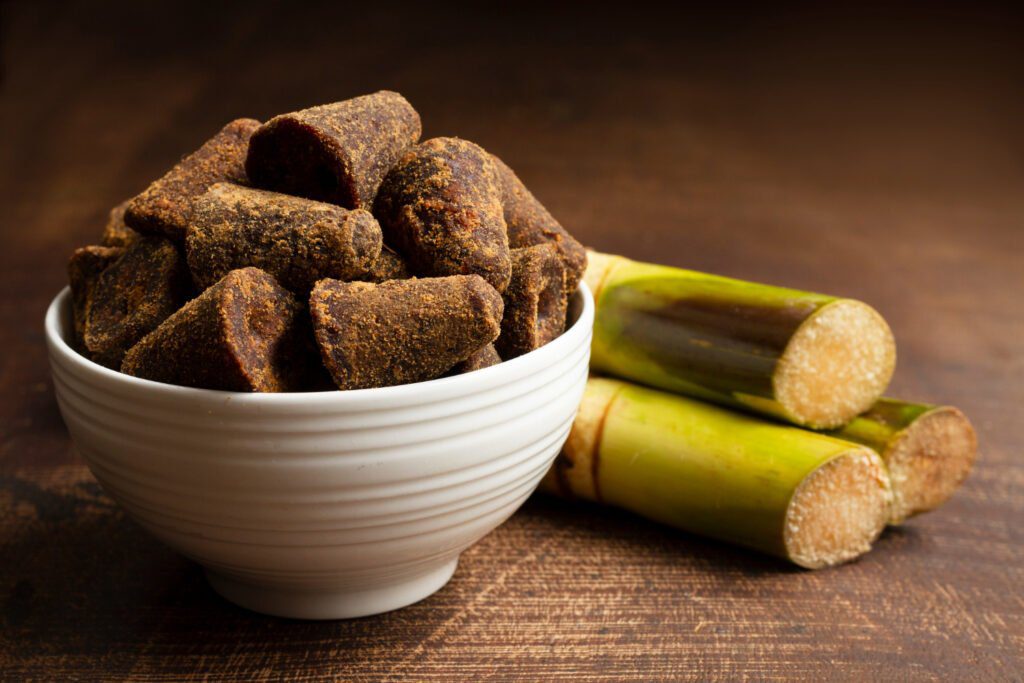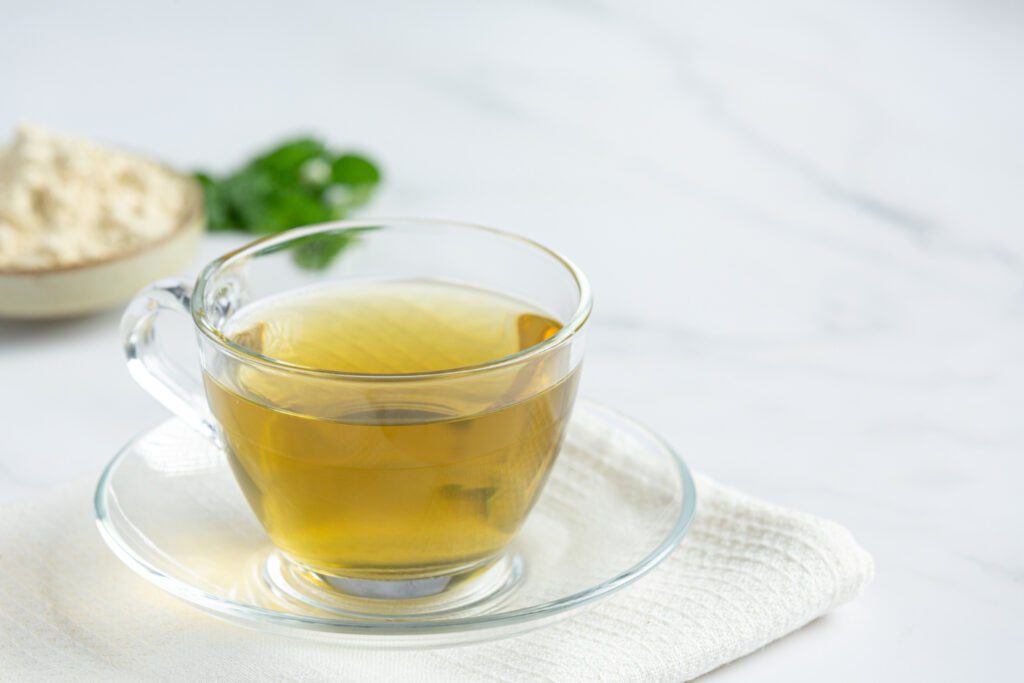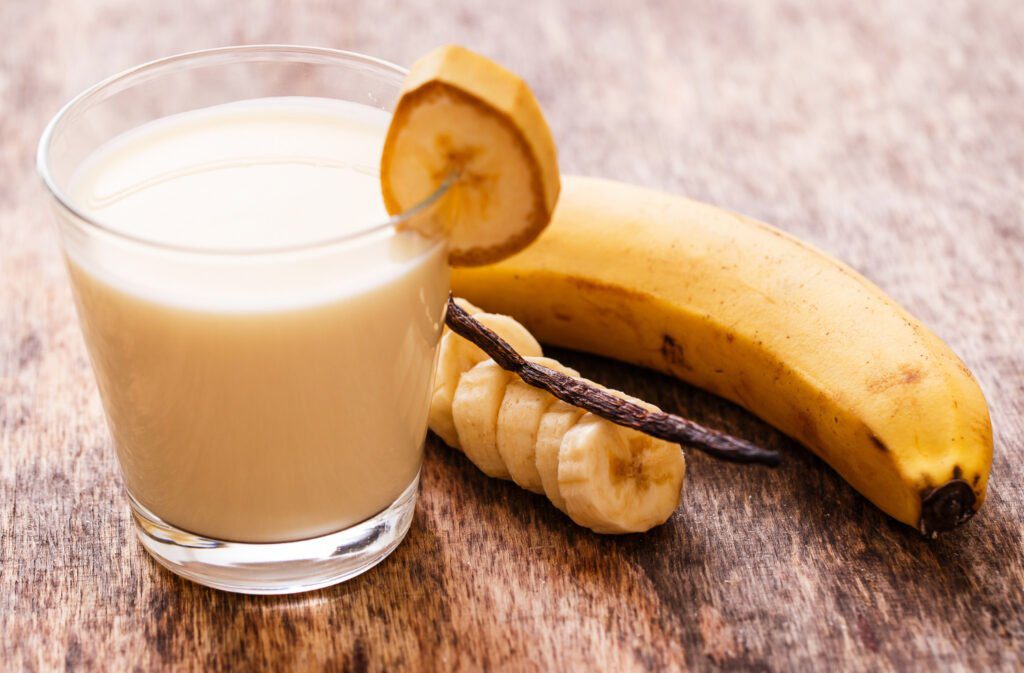In our rat race world, where focusing on health hardly happens the idea of sattvic food provides a revitalizing and nourishing strategy. Sattvic food, which has its roots in ancient Indian philosophy, encourages health, spiritual well-being, and purity. This article explores sattvic food in detail, including its health advantages, recipes, and ways to change your way of life.
What is Sattvic Food?
The word “sattva,” which in Ayurveda refers to one of the three gunas (qualities), is the source of the term “sattvic food.”. There are three gunas:
- Sattva: Knowledge, harmony, and purity.
- Rajas: restlessness, fervor, and activity.
- Tamas: Ignorance, inertia, and darkness.
Sattvic cuisine is very much known for its healthful and filling properties. It is thought that it helps to increase one’s spiritual awareness, foster serenity, and improve mental clarity. Fresh fruits, vegetables, whole grains, nuts, seeds, and dairy products are typically included in sattvic diets; processed foods, meat, and stimulants are typically avoided.
| 💡 Experts Point of View. I spoke with Dr. Anjali Sharma, a well-known nutritionist and Ayurvedic practitioner, to gain a better understanding of the advantages of a sattvic diet. For more than ten years, she has promoted the sattvic way of life. Q: What are the main advantages of following a sattvic diet? Dr. Sharma: “Eating sattvic food aids in mental and physical detoxification. It encourages emotional stability, focus, and clarity. Eating natural, fresh foods not only nourishes your body but also lifts your soul.” |
Why Choose a Sattvic Diet?
There are many advantages to switching to a sattvic diet, such as:
1. Increased Mental Clarity: Foods high in satitvic nutrients promote brain health, which enhances concentration and cognitive performance.
2. Better Digestion: Emphasizing fresh, complete foods promotes gut health and improves digestion.
3. Emotional Stability: Sattvic foods’ relaxing properties can aid in lowering anxiety and stress levels.
4. Spiritual Development: It is thought that satitvic cuisine fosters spiritual awareness and awakening, enabling people to communicate with their higher selves.
5. Physical Health: Maintaining a healthy weight and lowering the risk of chronic illnesses can be achieved through regular sattvic food consumption.
Scientific Evidence Supporting Sattvic Diet.
Numerous studies demonstrate the advantages of eating a diet high in whole, unprocessed foods. One 2018 study that demonstrated the benefits of a plant-based diet on mental health was published in the Journal of Nutrition. It found that participants experienced fewer symptoms of depression and anxiety.(1) According to a different study published in the International Journal of Behavioral Nutrition and Physical Activity, diets rich in fruits and vegetables were linked to improved general health and a lower body mass index (BMI).(2)
Key Components of Sattvic Food.
For anyone wishing to follow a sattvic diet, it is essential to comprehend its main ingredients. Basic items in a Sattvic kitchen include the following:
1. Fruits: A sattvic diet is built on a foundation of seasonal and fresh fruits. Apples, bananas, pomegranates, and berries are all great options.
2. Vegetables: Leafy greens, cucumbers, carrots, and beets are good sources of vitamins and minerals. 3. Whole Grains: Refined grains are not as good as quinoa, brown rice, and whole wheat.
4. Legumes: High in protein and fiber are mung beans, chickpeas, and lentils.
5. Nuts and Seeds: Nutrients and healthy fats can be found in almonds, walnuts, chia seeds, and flaxseeds.
6. Dairy: Ghee (clarified butter), fresh milk, and yogurt are all consumed in moderation.
7. Herbs and Spices: In addition to adding taste, coriander, cumin, ginger, and turmeric have several health advantages.
Simple Sattvic Recipes.
After learning about the elements of a sattvic diet, here are some easy yet delectable recipes to get you going.
1. Sattvic Vegetable Khichdi.
Ingredients:
– 1 cup brown rice.
– 1/2 cup yellow moong dal (split yellow lentils).
– 1 cup mixed vegetables (carrots, peas, and beans).
– 1 teaspoon cumin seeds.
– 1/2 teaspoon turmeric powder.
– Salt to taste.
– Ghee for cooking.
– Fresh coriander for garnish.
Instructions:
1. Rinse the rice and lentils until the water runs clear.
2. Heat ghee in a pressure cooker and add cumin seeds.
3. Once they splutter, add the mixed vegetables, turmeric powder, and salt. Sauté for a few minutes.
4. Add the rinsed rice and lentils, and mix well.
5. Pour in 4 cups of water, close the lid, and cook for 3 whistles.
6. Allow the pressure to release naturally, then serve hot, garnished with fresh coriander.
2. Fresh Fruit Salad.
Ingredients:
– 1 cup chopped seasonal fruits (mango, papaya, banana, and apple).
– 1 tablespoon honey (optional).
– 1 tablespoon lemon juice.
– A pinch of black salt.
– Fresh mint leaves for garnish.
Instructions:
1. In a mixing bowl, combine all the chopped fruits.
2. Drizzle honey and lemon juice over the fruits.
3. Sprinkle black salt and toss gently.
4. Garnish with fresh mint leaves and serve chilled.
3. Sattvic Spinach and Chickpea Salad.
Ingredients:
– 2 cups fresh spinach leaves.
– 1 cup boiled chickpeas.
– 1/2 cup diced cucumber.
– 1/2 cup diced tomatoes.
– 1 tablespoon olive oil.
– Juice of 1 lemon.
– Salt and pepper to taste.
Instructions:
1. In a large bowl, combine the spinach, chickpeas, cucumber, and tomatoes.
2. In a small bowl, whisk together olive oil, lemon juice, salt, and pepper.
3. Drizzle the dressing over the salad and toss gently to combine.
4. Serve immediately for a refreshing meal.
Frequently Asked Questions.
Yes, a sattvic diet can be beneficial for people of all ages and lifestyles. However, it’s essential to consider individual health needs and consult a healthcare professional before making significant dietary changes.
Yes, many people experience weight loss on a sattvic diet due to the emphasis on whole, unprocessed foods. These foods are generally lower in calories and higher in nutrients, promoting a healthy weight.
It’s best to avoid processed foods, meat, fish, eggs, garlic, onions, and stimulants like caffeine and alcohol, as they are considered tamasic and rajasic.
Start by incorporating more whole foods into your meals, gradually reducing processed foods. Experiment with new recipes and explore local farmers’ markets for fresh produce.
Bottom Line.
A sattvic diet is a comprehensive approach to health and wellbeing that goes beyond simple dietary changes. Emotional stability, spiritual development, and mental clarity can all be improved by eating wholesome, pure foods. As Dr. Dot Sharma so eloquently puts it, “Food is information, not just fuel.”. It communicates with your DNA and gives it instructions. You can empower yourself to live a healthier, more balanced life by making sattvic food choices. Adopting a sattvic lifestyle offers a way to reconnect with nature, nourishing the body and the soul in a world where fast-paced living frequently results in unhealthy decisions. Begin your journey right now to discover how sattvic food can change your life.
+2 Sources
FitMeMore has strict sourcing guidelines and relies on peer-reviewed studies, educational research institutes, and medical organizations. We avoid using tertiary references. You can learn more about how we ensure our content is accurate and up-to-date by reading our editorial policy.
- Association of plant-based dietary patterns with depression and anxiety symptoms in Chinese older adults: A nationwide study; https://www.sciencedirect.com/science/article/abs/pii/S0165032724001733
- BMI and Dietary Intake among Head Start Children and Caregivers; https://pmc.ncbi.nlm.nih.gov/articles/PMC3164795/
How we reviewed this article:
Our team of experts is always monitoring the health and wellness field, ensuring that our articles are updated promptly as new information emerges. See Our Editorial Process
Jun 16, 2025
Written By: Danielle Pashko
Reviewed By: Kim Ross
Written By: Danielle Pashko
Reviewed By: Kim Ross

 Workout
Workout
 Meditation
Meditation





 Contact Us
Contact Us












